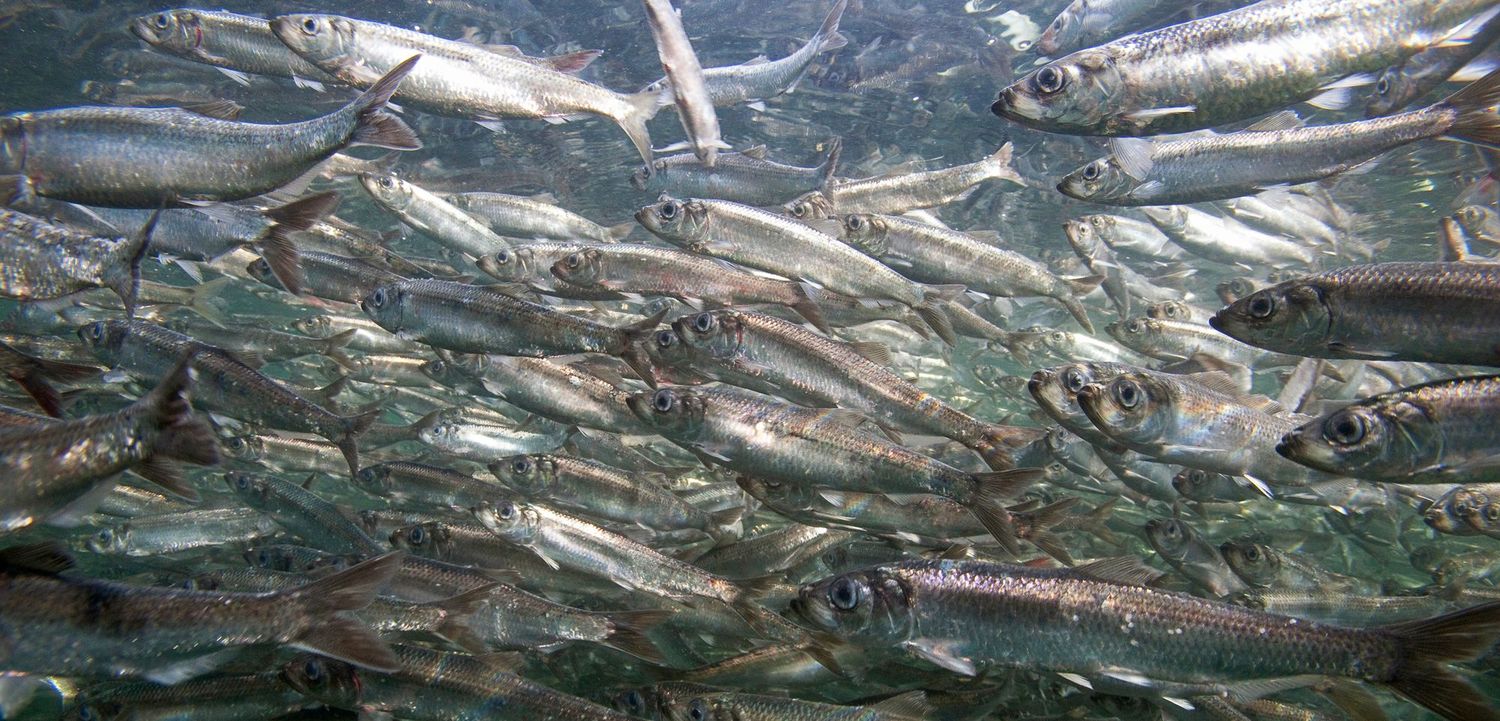Fish farts and the power of science diplomacy in the Atlantic Ocean
By Andrei Polejack, Paulina Ramírez-Monsalve & Mary S. Wisz
During the Cold War, back in the 1980s, when many thought the world would end at the push of a red button, the Swedes were in panic. A Soviet military submarine had run aground on the reefs off the Swedish coast. They felt monitored, threatened, and dredged into war. Underwater monitoring was increased, activated diplomatic channels activated, and unauthorized military activities induced paranoia. The Soviet Union denied any activity and declined to provide further clarification.
Years passed, the Cold War came to an end, but the hydrophones operating in the region continued to pick up sound signals from submarine engines. The Soviets continued to deny any unauthorized activities in the Baltic. The Swedish navy, with their hands tied, asked science for help in identifying the source of the sound. Two Swedish researchers, Wahlberg & Westerberg, analyzed the sound patterns to help identify a source.
In 1996, they discovered that the sound came from herring, a common fish in the Baltic region that schools in thousands. Herrings have a connection between their swim bladder (an organ related to buoyancy in fish) and their anus, capable of producing bubbles. Thousands of herring can produce quite a lot of noise with these bubbles, and the researchers showed that this noise matches the acoustic signal of passing submarines. The results of this scientific research on fish flatulence helped to de-escalate political tensions and prevented a potential war between Sweden and the former Soviet Union.
This fantastic anecdote ‘toots a new horn’ on the influence of science in international relations. There are many examples of this relationship: science informed us about the loss of marine habitats and ecosystem services as a result of human actions, as well as showed us why corals have turned white as a result of acidification. In addition, through science, countries come together in research projects, opening a fluid dialogue even in face of conflicts such as the cooperation between the USA and Cuba, or in polar regions. Finally, diplomacy pushes (and fosters investment in) research to provide answers to humanities challenges, such as the IPCC informing the climate change conference. Another timely example is the ongoing negotiations on biodiversity beyond national jurisdictions, the BBNJ, which made diplomats understand the difference between in vivo, in situ, and in silico.
These are all aspects of the three categories of Science Diplomacy, which, according to a report by the Royal Society of London and the AAAS (2010), are: science in diplomacy, science for diplomacy, and diplomacy for science. The fish farts story takes us out of these little boxes. Not only is this not a typical classic case of scientific diplomacy, it exemplifies that reality is much more complex than any category we create.
Our group recently published an article in Frontiers in Marine Science[1] contextualizing and exemplifying how Science Diplomacy is, in fact, a fundamental process for ocean governance. The paper analyzes the United Nations Convention on the Law of the Sea, the constitution of the ocean. The Convention establishes the rights and duties of Member States in the use, conservation and exploration of the ocean and, more importantly, establishes marine spaces of different jurisdictions by which such rights and duties apply. The negotiation of the Convention, whose approval took longer than the Cold War, had an enormous technical-scientific base, with research informing agenda items and impacting the positions adopted by the countries. For example, the inequality between developed and developing countries led the Convention to adopt mechanisms for the transfer of marine technology, which was the theme of another recent paper with Luciana Coelho, focused on how science diplomacy can be a useful tool in Latin America and the Caribbean to implement such provisions[2].
A great ocean science diplomacy case is the All-Atlantic Ocean Research Alliance. The Alliance is based on three successive diplomatic processes, informed by science and aimed at both progressing our understanding of the ocean and the well-being of our citizens. The Alliance was described and framed as an ocean science diplomacy case in another recent article, in which we analyzed the underlying national interests that drove the use of science diplomacy[3]. One interesting spin off of this Alliance is the MISSION ATLANTIC Project, that we are now analyzing. Our goal is to identify how ocean science diplomacy can facilitate Integrated Ecosystem Assessments (IEA), acting as a linking process between governments, research groups and possibly aiding in better navigating a diversity of regulations and technic-political frameworks. During the course of the project, we will assess the policy framework in the Atlantic and develop a risk management protocol for embedding science diplomacy into the IEA process with the aim of minimizing uncertainties typically arising in the decision-making process.
Further reading:
[1] Polejack, A. (2021). The Importance of Ocean Science Diplomacy for Ocean Affairs, Global Sustainability, and the UN Decade of Ocean Science. Frontiers in Marine Science, 8(March). https://doi.org/10.3389/fmars.2021.664066
[2] Polejack, A., & Coelho, L. F. (2021). Ocean Science Diplomacy can Be a Game Changer to Promote the Access to Marine Technology in Latin America and the Caribbean. Frontiers in Research Metrics and Analytics, 6(April), 34–36. https://doi.org/10.3389/frma.2021.637127
[3] Polejack, A., Gruber, S., & Wisz, M. S. (2021). Atlantic Ocean science diplomacy in action: the pole-to-pole All Atlantic Ocean Research Alliance. Humanities and Social Sciences Communications, 8(1), 52. https://doi.org/10.1057/s41599-021-00729-6
